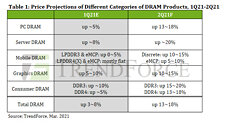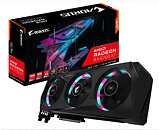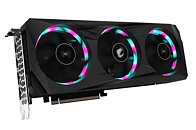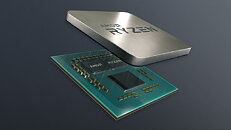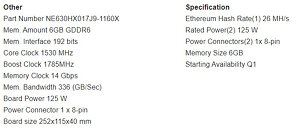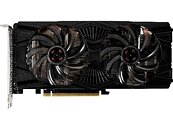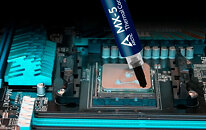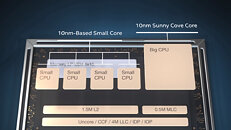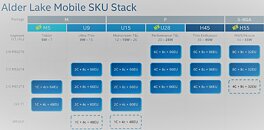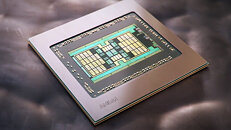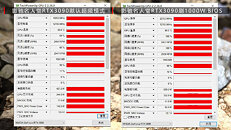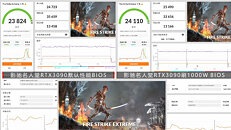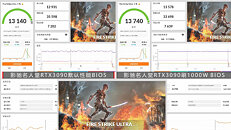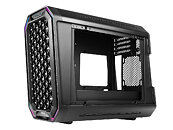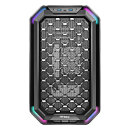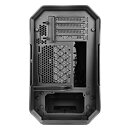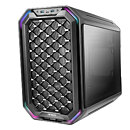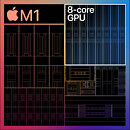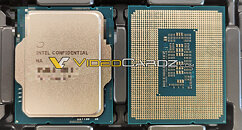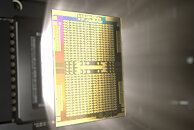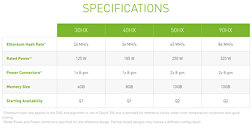
NVIDIA GeForce RTX 3060 Anti-Mining Feature Bypassed by HDMI Dummy Plug
When NVIDIA introduced its GeForce RTX 3060 graphics card, the company also introduced a new feature to go along with it. As the card is priced well, it is positioning itself as a very good value offer for mining. Given that NVIDIA has now separate products for mining, it naturally would like to limit the number of gaming cards sold to miners. To achieve that, the company introduced an anti-mining algorithm that is essentially a handshake between the driver, RTX 3060 silicon, and the GPU VBIOS. This handshake checks those three components to detect if mining is going on, so it can limit the performance of the card.
However, even such a thing can be bypassed. Usually, miners put their GPUs in rigs where most of the GPUs don't use their video outputs. And the GPU can detect if it is connected to the monitor or not, triggering the anti-mining algorithm. A user from Quasar Zone forums has managed to bypass the restriction by simply installing a dummy HDMI plug. By using the dummy plug, the card thinks that it is connected to a monitor and thus runs normally. Using this workaround, the user was able to set-up a four-way GeForce RTX 3060 mining rig with 48 MH/s hashing power per GPU, for the total 192 MH/s hash rate. You can buy HDMI dummy plugs for as low as $5.99 on Amazon or at any other store.
However, even such a thing can be bypassed. Usually, miners put their GPUs in rigs where most of the GPUs don't use their video outputs. And the GPU can detect if it is connected to the monitor or not, triggering the anti-mining algorithm. A user from Quasar Zone forums has managed to bypass the restriction by simply installing a dummy HDMI plug. By using the dummy plug, the card thinks that it is connected to a monitor and thus runs normally. Using this workaround, the user was able to set-up a four-way GeForce RTX 3060 mining rig with 48 MH/s hashing power per GPU, for the total 192 MH/s hash rate. You can buy HDMI dummy plugs for as low as $5.99 on Amazon or at any other store.

